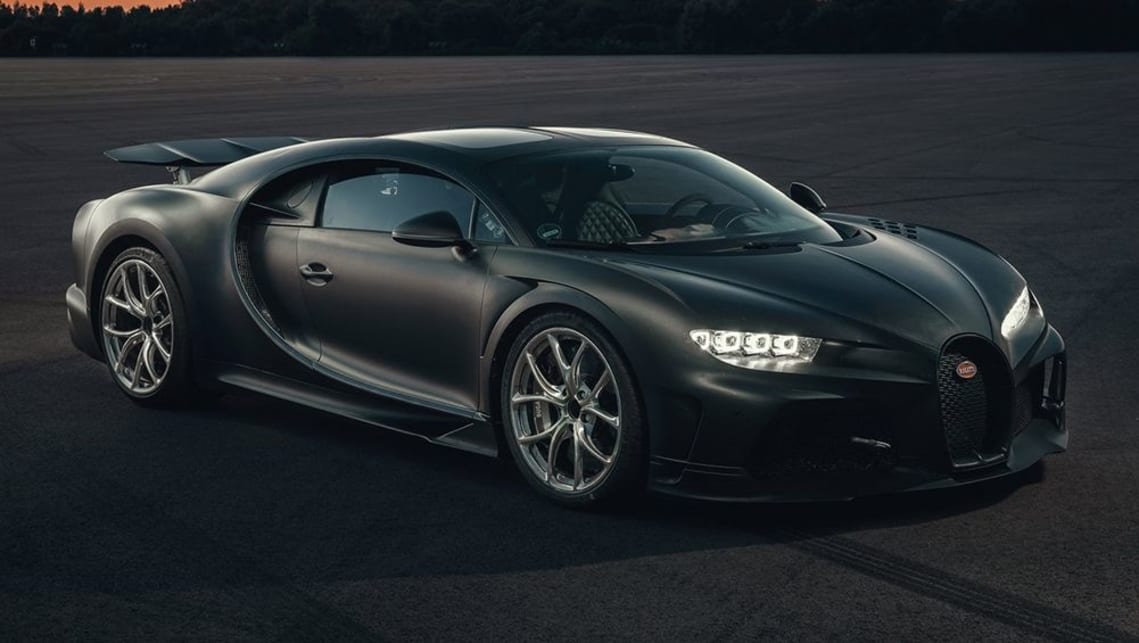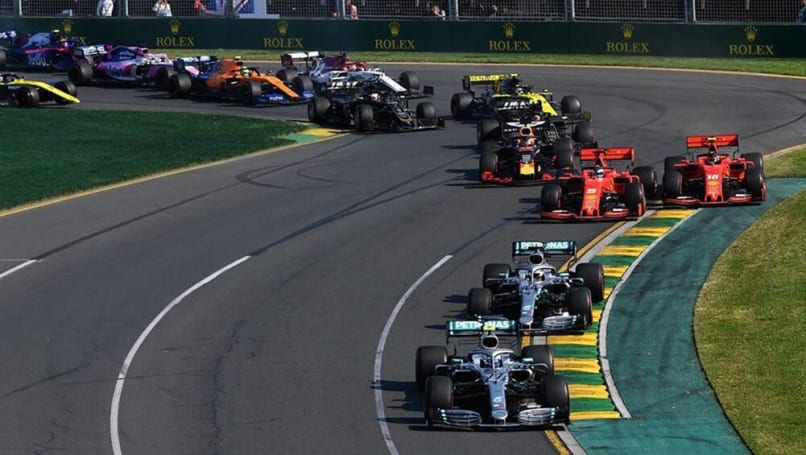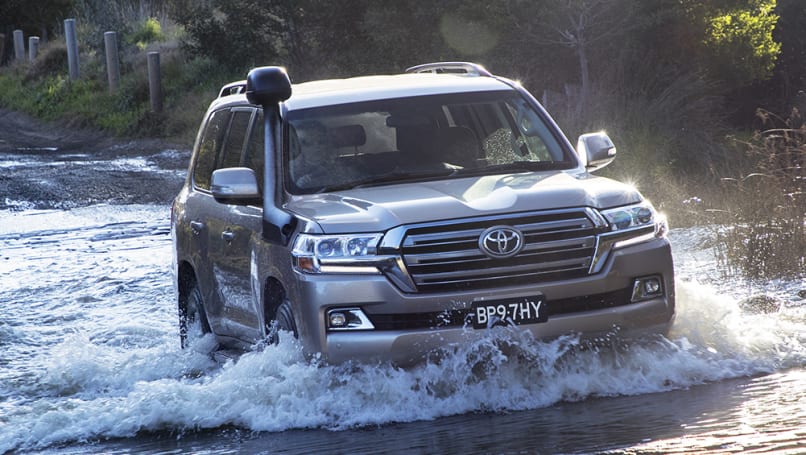
Are wheel spacers legal in Australia?
Are wheel spacers legal in Australia? No, wheel spacers are not legal in...
Browse over 9,000 car reviews

Q: What is horsepower in a car?
A: There are two ways to express the output of a car engine. One is torque, which is the amount of physical force the engine can deliver.
More common, though, is the term horsepower, which relates to how fast the engine can produce that force. Think of your engine as a boxer’s fists. Torque is a measure of how hard he or she can hit their opponent. Horsepower (or hp) is how many times a minute they can land those blows.
Unlike torque which is a physical force, horsepower is calculated, more or less as torque times revolutions per minute (in a car engine).
So, what is horsepower in cars is only half the story, torque is just as important to consider, because you really can’t have one without the other.
Horsepower came about as a measurement in the 18th century when the inventor of the steam engine, British industrialist James Watt (which is why the metric version of power measurement is the kiloWatt) needed to describe the output of his engines.
Since most industrial machinery in those days was driven by horses, the term horsepower was a pretty natural one to choose as it gave Watt’s customers a term they could understand.
So how much horsepower does a horse have and what does horsepower mean? In a mathematical sense, one horsepower as defined by Watt (after studying the work a horse could do in a day) equals a lifting force of 550 pounds (249.5kg) vertically through one foot (30.48cm) in one second.
So, basically, the same as lifting three adults 30cm into the air in a second. And that’s one horsepower. The truth is that a good, strong horse will be able to produce something like 15 horsepower when it needs to.
So, how much horsepower does a human have? Believe it or not, a professional athlete can produce as much as two horsepower, but only for short periods.
Convert all this to a car engine, and you can see how multiplying the torque (the lifting or turning force) by rpm (the number of times the engine can produce that force every minute) gives you the automotive version of Watt’s formula.

It’s also important to remember, though, that the actual term horsepower is an imperial one while Australia officially uses the metric system. That’s why you’ll see cars’ power outputs here expressed in KiloWatts.
North America still deals in horsepower rather than KiloWatts, and it’s still a common term in Britain.
Just to add to the confusion, there was also a metric equivalent of the horsepower developed in Germany, and the PS (pferdestarke: literally German for `horsepower’) was created to be the metric equivalent of horsepower.
One PS is equal to about 0.9863 horsepower. A kilowatt, meantime, is the equivalent of 1.34 hp.
Of course, it’s not just transport that uses horsepower for a means of comparison, stationary engines, electric motors, hydraulically operated machines and even steam boilers also use it.
But in terms of cars, mechanical horsepower is measured on a dynamometer. There are two main ways to do this. Either the engine itself is bolted to the dynamometer and run through its rev range at full throttle to see how much force it produces, or the drive wheels of the car are placed on rollers and the process repeated.
In each case, ironically, the dynamometer is measuring not horsepower but torque. From there, a computer takes that torque measurement, and multiplies it by the engine speed at that point, and calculates the power figure.

Generally speaking a car with high horsepower (or just 'power') will also be a car with high torque. Multiplying a big torque number by engine speed will always give a big power number.
However, an engine that produces less torque can also make good power if you rev it high enough. That’s how Formula 1 engines, as one example, manage huge horsepower even though they’re not as big as many normal car engines.
So, how much horsepower does a F1 car have? These days, F1 cars use a combination of a 1.6-litre petrol V6 engine and a pair of electric motors.
All up, the powerplant can produce around 1000 horsepower (750kW) and much of that is because the petrol engine, even though it’s small capacity, revs to about 20,000rpm.
Given that a normal road-car engine is limited to 6000rpm or so, you can see that revving the engine is the key to making power.
Another great real-world example of this was the original Toyota 86. Based on the way this car drove, it was tempting to think that it didn’t make much power at all.

Lots of people who drove the car normally, found themselves asking how much horsepower does a Toyota 86 have, given it’s supposed to be a sporty car.
The problem was that the Toyota’s engine didn’t make a whole lot of torque, so to get it to go fast, you had to rev it hard to make it produce power.
When you did, it managed 147kW or almost 200 horsepower, but until you revved it to 7000rpm, it felt a bit flat thanks to that minimal torque.
Modern turbo-diesel engines are the philosophical opposite. The combination of the slow-revving diesel engine with the torque gained by fitting a turbocharger means the turbo-diesel makes lots of torque, but, since it doesn’t rev too hard, doesn’t produce a big horsepower figure.
And by altering the gearing to reflect either of these scenarios, engineers can make the car perform satisfactorily in the speed ranges it needs to.
An Aussie favourite, the Toyota LandCruiser, is a great example. The 200 Series LandCruiser, even though it’s not the current model is hugely popular because of its effortless torque that leads to decent power as well.
So, how much horsepower does a 200 Series LandCruiser have? Precisely 200kW by the time the last model rolled around, which isn’t a huge amount for a 4.5-litre V8, but it turned out to be enough for buyers.

Crucially, too, the Cruiser could crank out a whopping 650Nm of torque from pretty much just off idle.
It’s true that average car horsepower is still higher with a petrol engine than a diesel, but as petrol cars make increasing use of turbocharging for torque, and turbo-diesel engines become lighter and revvier, that gap is shrinking.
But petrol engines are still where the excitement is (if you ignore EVs for a moment). We’re often asked about exotic cars; questions like how much power does a Bugatti Chiron have? And; how much horsepower does a Lamborghini have?
In the case of the Bugatti, the answer is a monstrous 1500 horsepower (1103kW) thanks to those 16 cylinders and four turbochargers bringing 1600Nm of torque to the party.
And the Lamborghini? Try 780 horsepower (574kW) from the V12 of the last of the Aventador line, the LP780-4.
In the case of the electric car motor horsepower is still the measurement, as is torque. But the reality is different again. That’s because the electric motor powering it makes its maximum torque from zero rpm, and the torque curve is flat.

That means it makes more power the harder you rev it, but it doesn’t rise to a torque peak like a petrol or diesel engine. So you’d think that an electric motor will just keep on making more and more power as you rev it higher.
The reality is that the cabling is often the limiting factor. If the cables and circuits can’t keep up the power will actually tail off at some point.
Because power is the extrapolation of how fast torque is being made, in a drag race, the highest horsepower car will usually win.
But for towing, the highest hp car will often be bettered by the one with more torque as that brute force is what gets heavy things moving from rest.
The car with most horsepower will start to catch up and overtake the torquier car, but only if it isn’t stopping and starting in traffic.
Comments